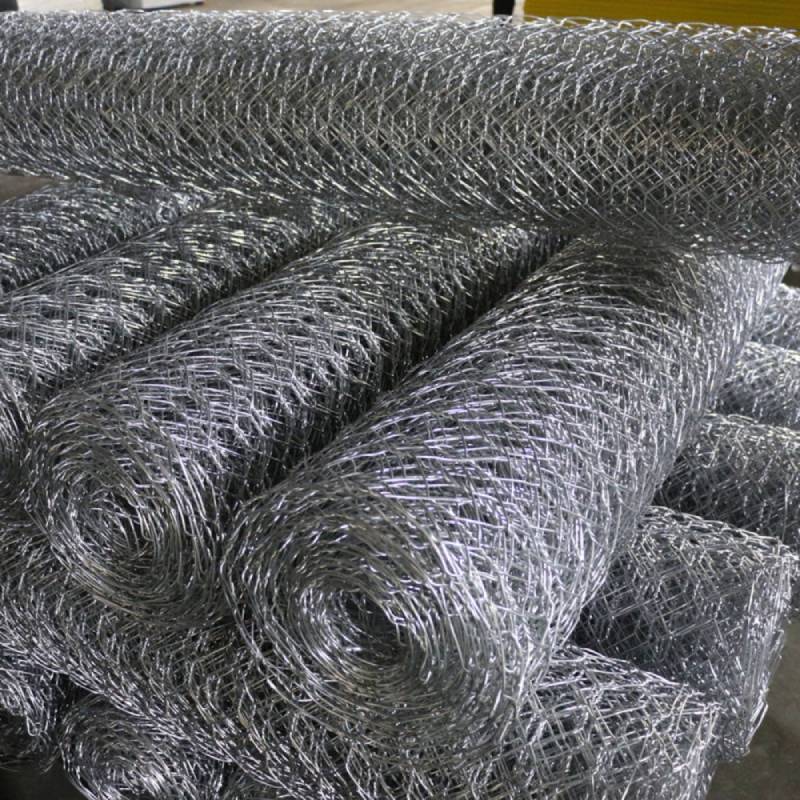barbed wire fence design
Barbed Wire Fence Design An Overview
Barbed wire fences have been a staple in agricultural and security practices since their invention in the late 19th century. Designed primarily for cattle containment, their utility has expanded to include perimeter security for homes, industrial complexes, and high-security facilities. The design of barbed wire fences not only plays a pivotal role in their effectiveness but also impacts their durability and aesthetic appeal.
Basic Structure of Barbed Wire Fences
At its core, a barbed wire fence consists of a series of twisted strands of wire, typically made from steel, that feature sharp barbs at intervals along their length. The standard barbed wire consists of two strands twisted together, with the barbs spaced evenly—commonly, they are about 12 inches apart. The sharp points of the barbs deter animals and intruders alike, making barbed wire fences a formidable barrier.
The height of such fences usually ranges from four to six feet, which is adequate for most agricultural applications. However, in areas requiring enhanced security, fences can be constructed taller, sometimes incorporating additional strands of wire or electric fencing for added deterrence.
Considerations in Design
When designing a barbed wire fence, several factors come into play. First and foremost is the intended purpose. A fence meant for livestock containment will differ significantly in design from one intended for security purposes. For agricultural use, the barbed wire must be durable enough to withstand the wear from animals while still allowing visibility and airflow.
In contrast, security fencing often employs more robust materials and may include features like additional barbed strands, electric wire integration, or even the use of composite materials that resist cutting or tampering. Furthermore, the posts that support the fencing should be strong enough to endure pressure from both the tension of the wire and any potential attempts at breach. Materials such as galvanized steel or pressure-treated wood are commonly used to ensure longevity.
barbed wire fence design

Aesthetic Aspects
While functionality is paramount, aesthetics should not be overlooked. Although barbed wire is generally perceived as utilitarian, design variations can provide an appealing look. For example, painted or coated wire can enhance the fence's appearance while offering additional corrosion resistance. Moreover, combining barbed wire with other materials, like wooden panels or ornamental metalwork, can contribute to a more visually pleasing perimeter without sacrificing security.
Installation Techniques
The installation of a barbed wire fence demands careful planning and skilled execution. It typically begins with setting posts at appropriate intervals, generally every 8 to 12 feet, depending on the terrain and intended tension of the wire. The wire is then stretched and secured to the posts, ensuring that the barbs face outwards to deter intruders and contain livestock. Proper tensioning is crucial to prevent sagging and maintain effectiveness over time.
Maintenance
Regular maintenance is essential to prolong the life of a barbed wire fence. Inspections should be conducted frequently to check for rust, damaged strands, or displaced barbs. Rust can deteriorate the wire's integrity, while damaged sections may create weaknesses that can be exploited. Repairs should be made promptly to ensure the fence remains secure and functional.
Conclusion
In conclusion, barbed wire fence design is an intricate balance of functionality, durability, and aesthetics. Whether for agricultural, residential, or security purposes, the effectiveness of a barbed wire fence is heavily dependent on its design and construction. By considering materials, installation methods, and maintenance practices, these fences can provide lasting barriers for a variety of applications, enduring the test of time and serving their intended purpose efficiently. Through thoughtful design and proper upkeep, barbed wire fences continue to be a reliable choice in both rural and urban environments.
-
Space-Saving Chain Fence Hacks Vertical Gardening with Cyclone MeshNewsJul.16,2025
-
Innovations in Iron Nail Wire Production for Modern ConstructionNewsJul.16,2025
-
Creative Uses of Wire Netting Fence in Modern Landscape DesignNewsJul.16,2025
-
Barbed Wire Fence Innovations in Anti-Climb TechnologyNewsJul.16,2025
-
Architectural Uses of Umbrella Nails for Aesthetic Roof DesignsNewsJul.16,2025
-
Architectural Uses of Razor Barbed Wire in Secure Urban DesignNewsJul.16,2025




